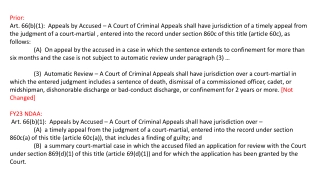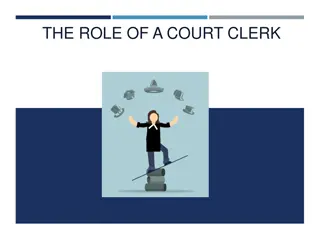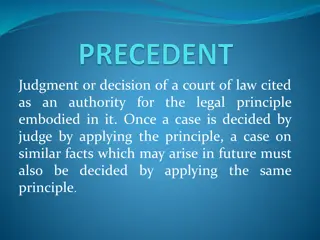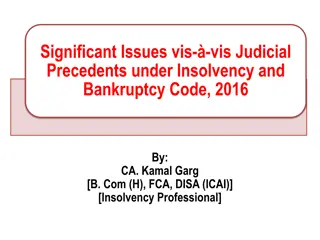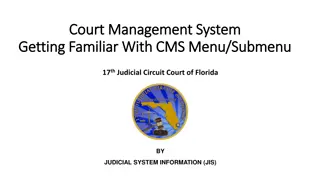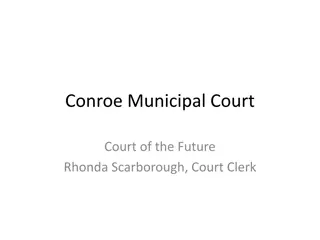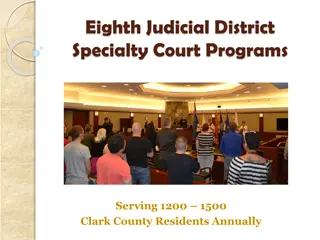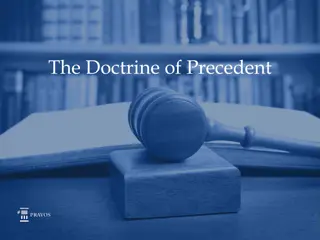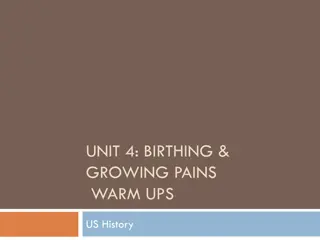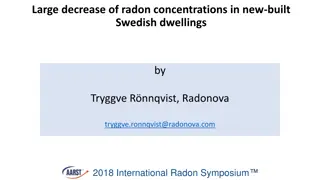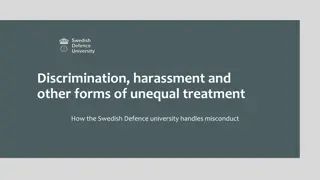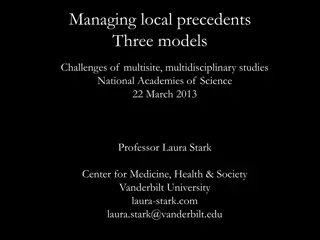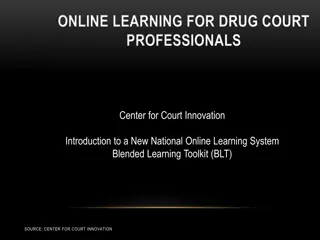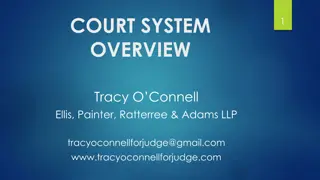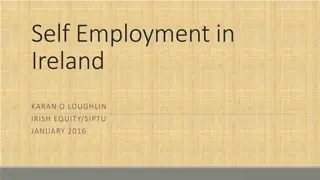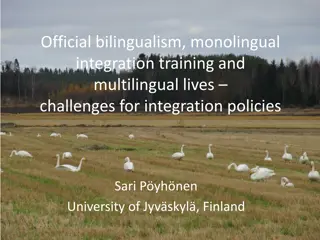Understanding Precedents in the Swedish Court System
The Swedish court system comprises general courts for criminal and private law, and administrative courts for tax and administrative law. The Supreme Administrative Court plays a key role in setting precedents, with about 8000 cases appealed each year. Precedents from the court are influential, even though they are not formally binding. Judges may deliver joint or dissenting opinions, shaping the development of case law in Sweden.
Download Presentation

Please find below an Image/Link to download the presentation.
The content on the website is provided AS IS for your information and personal use only. It may not be sold, licensed, or shared on other websites without obtaining consent from the author. Download presentation by click this link. If you encounter any issues during the download, it is possible that the publisher has removed the file from their server.
E N D
Presentation Transcript
Precedent: stare decisis v. change of case law Sweden Justice Kristina St hl Supreme Administrative Court 1
The Swedish court system General courts that deal with criminal law and private law. Administrative courts that deal with administrative law, including tax law. The Supreme Court and the Supreme Administrative Court have as their main task to deliver precedents. Approximately 8000 cases (of which 1/3 are tax cases) are appealed to the Supreme Administrative Court every year. Leave to appeal is granted in less than two percent of the cases. H GSTA F RVALTNINGSDOMSTOLEN 2
The Swedish court system There are 16 judges in the Supreme Administrative Court. When delivering a judgment, the court consists of five judges. If the judges agree on the outcome and the reasoning of the case, they deliver a joint (collective) judgment. If someone disagrees with the outcome or the reasoning, he or she may express a dissenting opinion. It is also possible for a judge that agrees with the majority to further develop his or hers reasoning in a separate opinion. 3 H GSTA F RVALTNINGSDOMSTOLEN
The rule of law rules in tax law Sweden adheres to the principle no tax without law ( nullum tributum sine lege ). It is stated in the Constitution that tax shall follow from law enacted by Parliament. The competence to issue tax provisions can not be delegated to the Government or to a public authority. In principle, the courts may not overstep the boundaries of written tax law. 4 H GSTA F RVALTNINGSDOMSTOLEN
Statute law v. precedents Statute law is the primary source of law. Case law from the Supreme Administrative Court is not formally binding. However, in practice it is followed by lower courts and by the Supreme Administrative Court itself as if it was binding. This is true not only when a judgment is well reasoned and thus has persuasive authority. Also ill-founded judgments are accepted as precedents and followed by lower courts. If the Supreme Administrative Court wants to change its case law, it feels obliged to do so through a plenary decision. 5
The writing of a precedent The judgments are quite long. They often consist of a general part where the Court undertakes a broader analysis of the current issue. After that, the Court applies this analysis to the circumstances of the present case. The judgments regularly include references to previous case law. 6
Some merits of the Swedish system The honoring of the rule of law gives the system democratic legitimacy and promotes legal certainty (the Court can only maneuver within the boundaries of written law). Following previous case law promotes predictability. Judgments that are thoroughly reasoned promote transparency. 7
and some drawbacks The ambition to write broad judgments that may work as precedents also in cases where the circumstances are different may turn the Court into a legislator. Previous case law may work as a straitjacket, not allowing the Court to make the best decision in the case before it. There may be a reluctance to refer a case to a plenary decision in order to change case law. In principle, this is done only in cases that raise questions of more fundamental importance. 8


